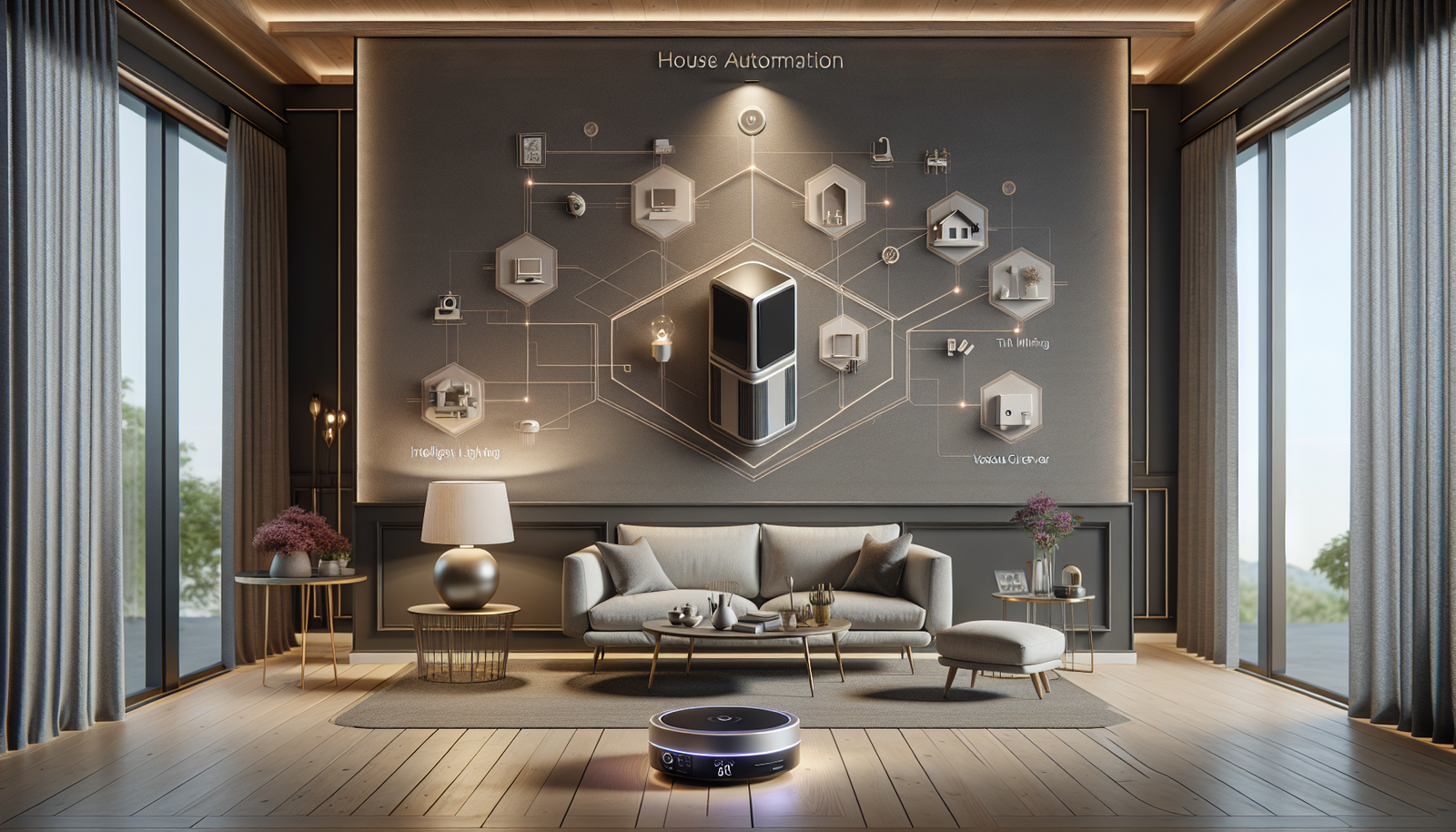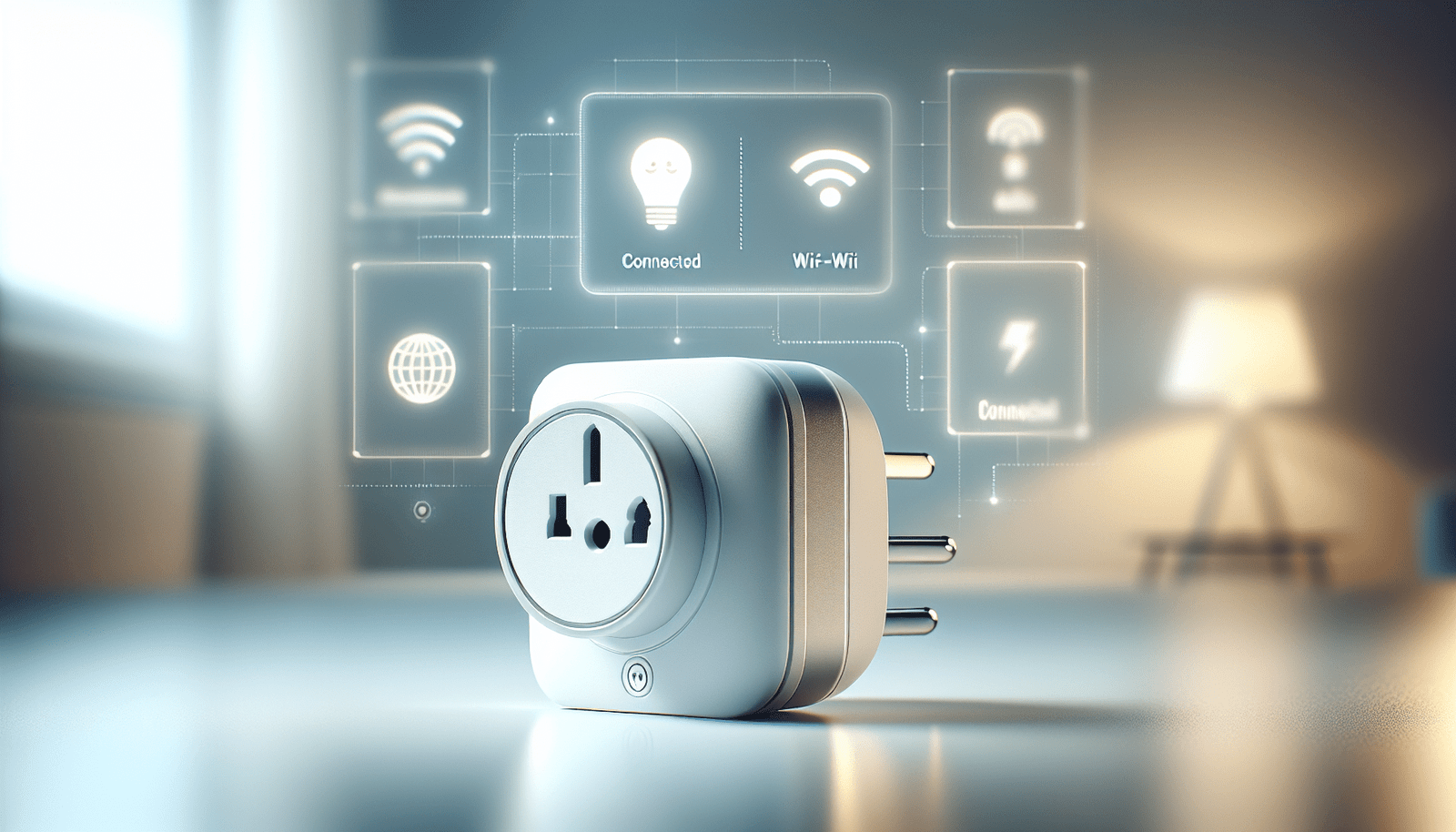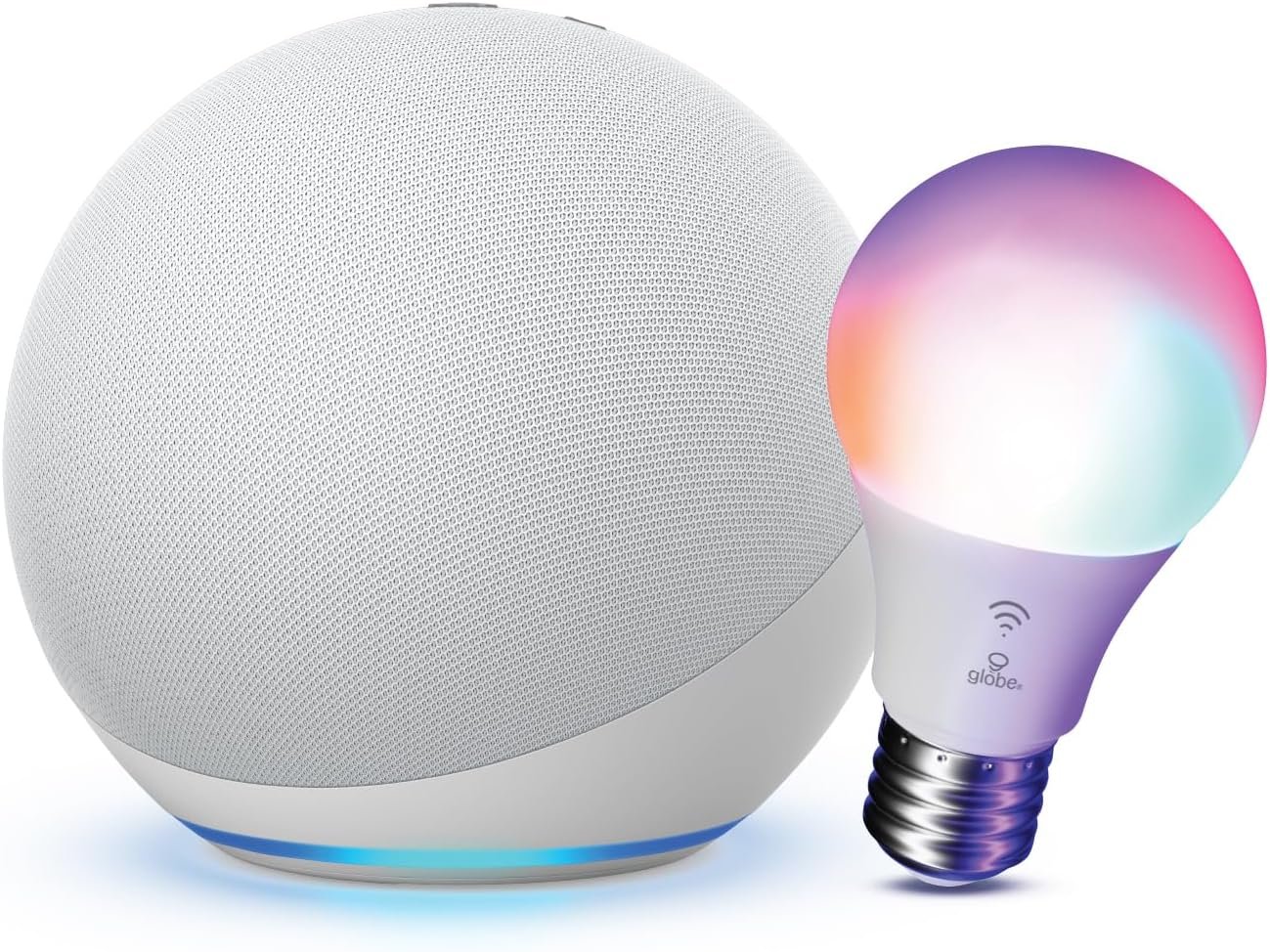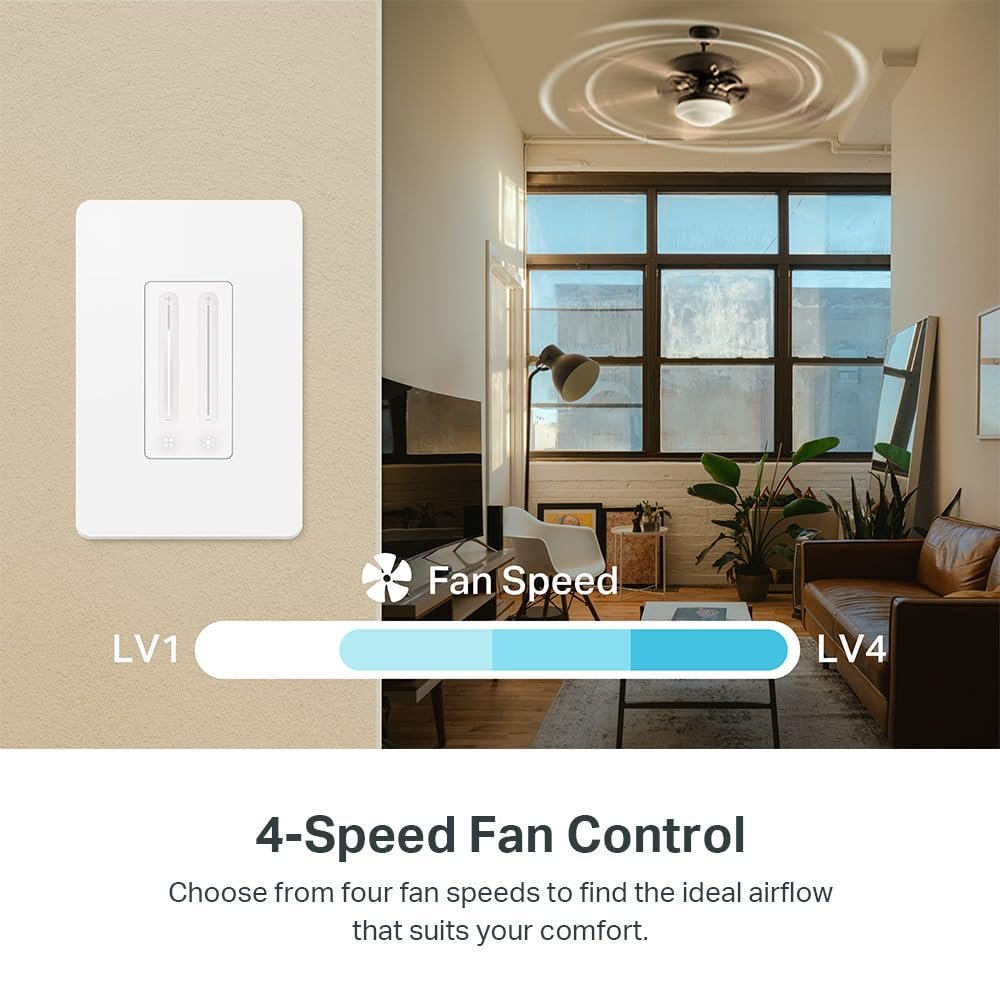Have you ever imagined waking up to a home that not only knows your habits but anticipates your every need? The world of smart home innovations is transforming the way we live, offering possibilities that seemed far-fetched only a decade ago. Whether you’re a homeowner eager to upgrade, a renter seeking non-permanent enhancements, or a tech enthusiast keen to integrate the latest gizmos, the era of smart homes holds exciting potential for everyone. As we navigate through this fascinating landscape, let’s delve into the essentials of smart home technology, its benefits, challenges, and the future trends shaping modern living.
Understanding Smart Home Technology
What is a Smart Home?
A smart home employs internet-connected devices to enable remote management and monitoring of systems and appliances such as heating, lighting, and security. This technology provides enhanced convenience, energy efficiency, and security to modern living environments, fundamentally changing our interaction with our homes.
Core Components of Smart Homes
Smart homes are built around key components, including connected devices like smart thermostats, intelligent lighting systems, security cameras, and voice-activated assistants. These components work in harmony to create a seamless and automated home environment.
Exploring the Benefits of Smart Home Devices
Convenience and Ease of Use
At the heart of smart home technology is the desire for convenience. By allowing you to control household systems remotely—via a smartphone app, for instance—smart homes save you time and effort in managing your daily routines. Imagine adjusting your home’s lighting or temperature with just a few taps on your phone, or voice-commanded controls that cater to your needs without lifting a finger.
Enhanced Security Features
Security is a significant concern for homeowners, and smart home technology offers various solutions to address it. Devices such as smart locks, doorbells with cameras, and motion detectors provide real-time alerts and monitoring capabilities, keeping your home safer than ever. With these innovations, you can ensure the safety of your home from virtually anywhere in the world.
Energy Efficiency and Environmental Impact
Smart devices contribute significantly to energy efficiency by optimizing power consumption based on your lifestyle habits and preferences. Smart thermostats, for example, learn your schedule and adjust heating and cooling efforts accordingly, potentially reducing energy bills. Similarly, smart lighting systems can automatically turn off when rooms are unoccupied, thus lowering overall energy usage.
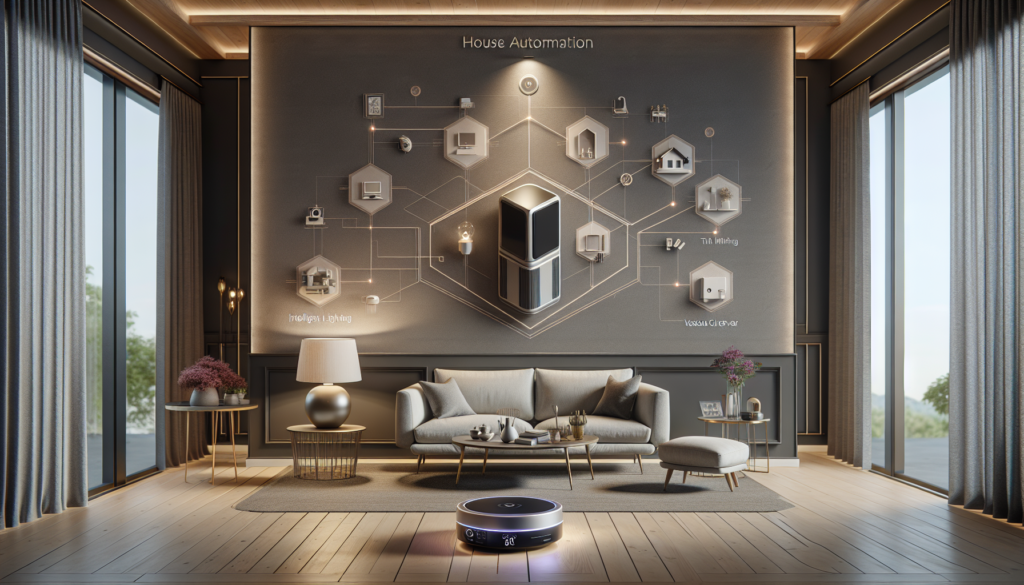
Financial Aspects: Cost vs. Value of Smart Homes
Initial Costs and Installation
While the upfront cost of smart home devices can be significant, the long-term savings often justify the investment. Initial installation might involve purchasing devices like smart hubs, specialized light bulbs, or integrated security systems. However, many smart solutions offer DIY setups that can reduce professional installation fees, making them accessible to a broader audience.
Long-Term Savings and Return on Investment
Despite initial costs, the incremental savings on utility bills and enhanced property value can make smart home technology a worthy investment. Energy-efficient devices reduce electricity consumption, while smart security solutions can lower insurance premiums. These financial benefits, alongside the convenience of home automation, contribute to a favorable return on investment for smart home adopters.
Comparing Costs with Traditional Systems
When compared to traditional household management and security systems, smart home technology offers competitive pricing. Though initial expenses can be higher, the advanced functionality and cost-saving features of smart devices often provide better value over time.
Practical Guidance for Setting Up Your Smart Home
Choosing the Right Smart Devices
Selecting the right smart devices depends on your needs and lifestyle. Consider starting with a smart hub that can control various devices across different brands. From there, choose essential components such as smart thermostats, lights, and security devices that meet your primary concerns—be it energy management or home security.
Step-by-Step Setup Instructions
To set up a smart home environment, begin by ensuring a robust Wi-Fi network, as this forms the backbone of connectivity. Then, follow these general steps:
- Connect Your Device: Install the smart device according to the manufacturer’s instructions.
- Download the App: Download the corresponding app on your smartphone or tablet.
- Sync Devices: Follow in-app instructions to pair your device with the app.
- Customize Settings: Configure settings to align with your schedule and preferences.
- Integrate with Voice Assistants: If desired, connect to voice assistants like Amazon Alexa or Google Assistant for voice control.
Troubleshooting Common Issues
Common issues can often be solved with simple solutions, like rebooting your home network or checking for firmware updates. Make sure that each device is within range of the Wi-Fi network and confirm proper installation based on the manufacturer’s instructions.

Ensuring Security and Privacy in Smart Homes
Understanding Potential Risks
Despite numerous advantages, integrating smart technology raises concerns about security and privacy. Cybersecurity threats are a potential risk, given that devices are connected to the internet, making them susceptible to hacking. Understanding these risks helps in adopting safer practices.
Best Practices for Privacy Protection
To safeguard your smart home ecosystem, follow these best practices:
- Use Strong Passwords: Create unique, strong passwords for all devices and use a password manager for convenience.
- Regularly Update Software: Keep your devices updated with the latest firmware to protect against vulnerabilities.
- Secure Your Network: Use encryption and firewalls to protect your Wi-Fi network.
- Enable Two-Factor Authentication: Add an extra layer of security to devices and accounts when available.
- Monitor Device Access: Regularly review device logs to identify unusual activity.
Compatibility and Connectivity: Making Everything Work Together
Platforms and Protocols
Smart home devices operate on various platforms and protocols, including Z-Wave, Zigbee, Bluetooth, and Wi-Fi. Understanding these can help you ensure compatibility among your devices, ensuring seamless integration.
Role of Voice Assistants
Voice assistants like Amazon Alexa, Google Assistant, and Apple Siri play a crucial role in smart homes, providing a central point of control. Most smart devices are compatible with these assistants, allowing you to issue voice commands for convenient, hands-free operations.
Overcoming Connectivity Challenges
Issues like intermittent connectivity can affect device performance. Ensuring a strong Wi-Fi signal, minimizing interference from other wireless devices, and using a Wi-Fi extender for large homes can mitigate these issues.
Future-Proofing Your Smart Home: Embracing Innovation
Emerging Trends in Smart Home Technology
The smart home industry is continually evolving, with advancements in AI and IoT leading the way. Emerging trends include the integration of augmented reality for interactive home setups, machine learning for predictive behavior adjustments, and the development of more sustainable, eco-friendly devices.
Preparing for Technological Advancements
Keeping your smart home ecosystem future-ready involves choosing devices that support updates and standard protocols. Opting for modular systems allows for easier upgrades and adaptations as technology progresses.
Predicting the Next Decade
The next decade in smart home technology promises even greater integration and sophistication. Innovations like smart cities, advanced home automation systems, and personalized AI-driven environments are expected to become more prevalent, shaping our homes of tomorrow.
Conclusion: Is a Smart Home the Right Choice for You?
As you consider incorporating smart technology into your lifestyle, weighing the benefits against the costs is crucial. For many, the convenience, enhanced security, and potential for cost savings make smart homes a worthwhile investment. Whether you’re planning a significant upgrade or a simple enhancement, understanding the capabilities and implications of smart home technology can assist in making an informed decision that aligns with your lifestyle and budget.
In embracing smart home technology, you are not merely adopting new gadgets but participating in a transformative movement that redefines modern living. Are you ready to step into the future and make your home smarter, more efficient, and tailored to your needs? The possibilities are vast, and the time to start exploring them is now.
